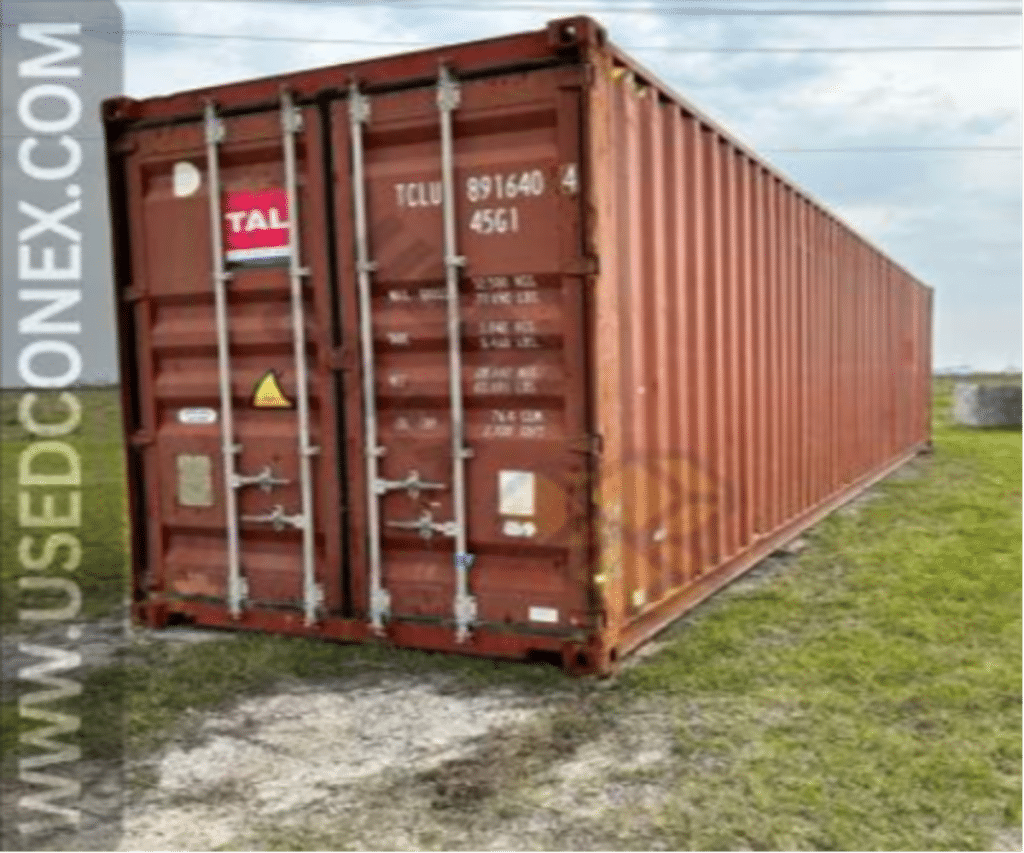In the world of logistics and transportation, the shipping container has revolutionized the way goods are moved across continents. These rectangular metal boxes have become the backbone of global trade, offering efficiency, security, and convenience. However, their utility doesn’t end there. Shipping containers have found their way into various creative and practical applications beyond shipping, from eco-friendly housing to trendy pop-up stores. In this comprehensive guide, we’ll delve into the world of shipping containers, exploring their history, standard sizes, uses, and the sustainable benefits they bring to modern society.
The Evolution of Shipping Containers
The concept of using containers for shipping can be traced back to the late 18th century. However, the modern shipping container as we know it today owes its origins to Malcom McLean, a visionary entrepreneur who introduced the first standardized shipping container in 1956. His innovation transformed cargo handling, reducing costs, and increasing efficiency, ultimately leading to the development of the International Organization for Standardization (ISO) container standards we follow today.
Standard Sizes and Types of Shipping Containers
Shipping containers come in various sizes, with the most common being the 20-foot and 40-foot containers. These standard sizes facilitate easy stacking, loading, and transportation by various modes, including ships, trains, and trucks. Besides the standard dry containers, there are specialized containers for specific cargo types, such as refrigerated containers for perishables, open-top containers for oversized goods, and flat racks for heavy equipment.
Read more: BUILDING A GARAGE WITH SHIPPING CONTAINERS
Uses Beyond Shipping
Beyond their traditional role in global shipping, shipping containers have sparked the imagination of architects, designers, and innovators worldwide. They have evolved into multi-functional structures, finding applications in various industries:
a. Eco-Friendly Housing:
Shipping containers have become a popular choice for sustainable and affordable housing solutions. They offer a sturdy base for building tiny homes, modular housing, and emergency shelters, promoting eco-conscious living.
b. Mobile Business Ventures:
From pop-up shops and cafes to art galleries and mobile offices, repurposed shipping containers offer a cost-effective way for entrepreneurs to launch their ventures with a unique twist.
c. Disaster Relief Efforts:
In the aftermath of natural disasters, shipping containers have proven invaluable for setting up makeshift medical facilities, storage units, and temporary housing for displaced individuals.
d. Innovative Architecture:
With their sturdy structure and ease of customization, shipping containers have become the canvas for innovative architectural projects, such as container hotels, bridges, and urban installations.
Sustainable Benefits of Shipping Containers
In a world increasingly concerned about environmental impact, shipping containers have emerged as a sustainable alternative to traditional building materials. Their repurposing helps reduce waste and carbon footprint while providing energy-efficient solutions. Additionally, their steel composition allows for easy recycling and decreases the demand for raw materials used in construction.
Tips for Buying and Converting Shipping Containers
If you’re considering purchasing a shipping container for personal or business use, there are essential factors to keep in mind. Consider container condition, dimensions, modifications needed, and transportation costs. Always buy from reputable suppliers to ensure quality, and be sure to research local regulations regarding container usage and conversion.
Conclusion: The humble shipping container, once a straightforward vessel for transporting goods across the world, has now become an emblem of versatility and sustainability. Its impact on global trade and contemporary design continues to grow, providing innovative solutions for housing, commerce, and emergency situations. By understanding the various applications and benefits of shipping containers, we can embrace this adaptable technology to shape a more sustainable and creative future.

